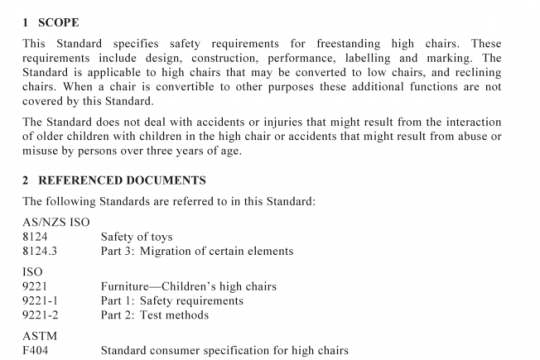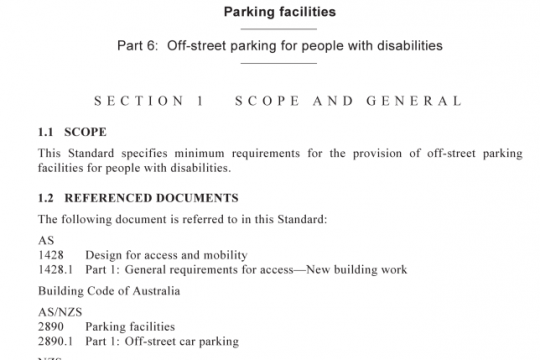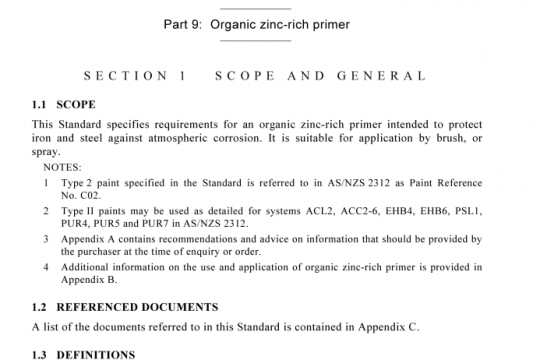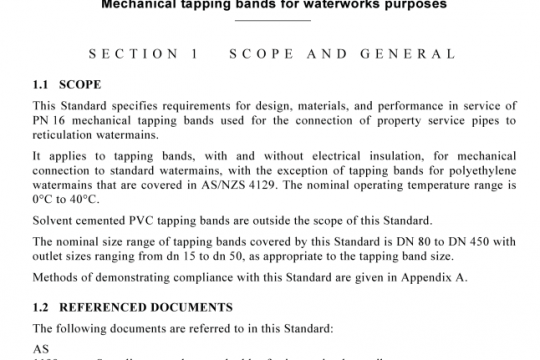AS NZS 60079.10.2:2016 pdf free
AS NZS 60079.10.2:2016 pdf free.Explosive atmospheres Part 10.2: Classification of areas – Explosive dust atmospheres
Depending on the circumstances, not every source of release will necessarily produce an explosive dust atmosphere. Dust clouds are also rarely of uniform density and consideration should be given to possible variances in concentration within a cloud for any condition or release.
Dusts that are not removed by mechanical extraction or ventilation, settle out at a rate depending on properties, such as particle size, into layers or accumulations. It shall be taken into account that a dilute or small continuous source of release, in time, is able to produce a potentially hazardous dust layer.
Close co-operation is necessary from specialists in safety and equipment. Although the definitions for dust zones deal only with the cloud risk, layers that can be disturbed to form a dust cloud shall also be considered. The procedure for identifying zones is as follows.
a) The first step is to identify whether the material is combustible and, for the purpose of assessment of ignition sources, determine the material characteristics. Parameters such as particle size, moisture content, cloud and layer minimum ignition temperature and electrical resistivity shall be considered. The appropriate dust group; Group IIA for combustible flyings, Group IIB for non-conductive dust, or Group IIC for conductive dust shall be identified.
NOTE Information on dust characteristics can be found in ISO/IEC 80079-20-2.
b) The second step is to identify items of equipment where explosive dust mixtures may be contained or sources of dust release can be present, as given in Clause 5. It may be necessary to consult process line diagrams and plant layout drawings. This step should include the identification of the possibility of the formation of dust layers as given in Clause 7.
c) The third step is to determine the likelihood that dust will be released from those sources and thus, the likelihood of explosive dust atmospheres in various parts of the installation as given in 5.3.
It is only after these steps have been taken that the zones can be identified and their boundaries defined. The decisions on the zone types and extent and the presence of dust layers shall be documented, usually on an area classification drawing. These documents are used subsequently as the basis for the assessment of ignition sources.AS NZS 60079.10.2 pdf free download.




